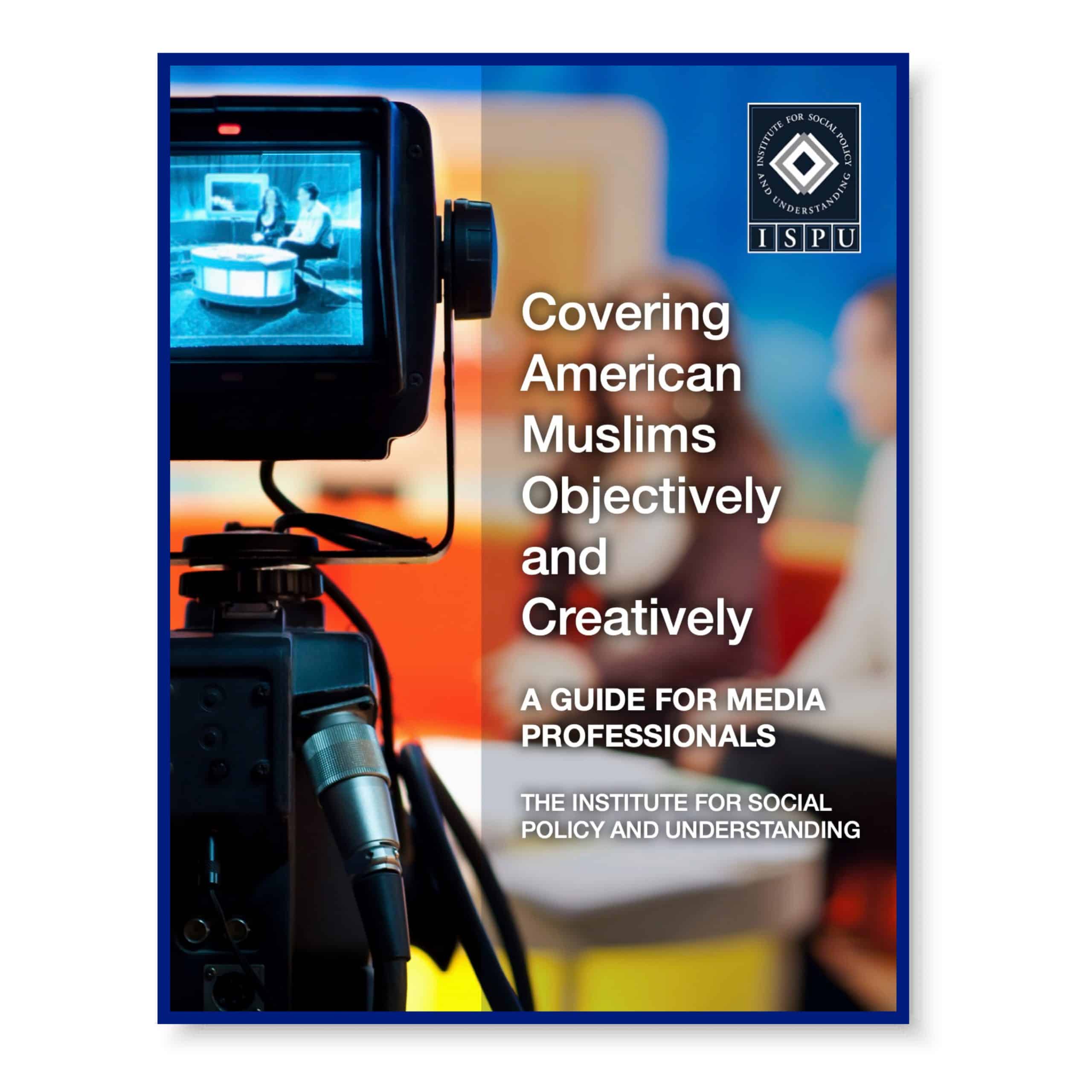Description
Successful Media Approaches
1. Expand the voices that inform your reporting.
Muslims come from all walks of life, as well as diverse ethnic and racial backgrounds. They play a variety of roles in their communities. Include Muslim voices in stories about what concerns all Americans. This includes the voices of: Black or African American Muslims, who make up 25–33% of all American Muslims (Learn more about Black Muslim experiences→); Women; Both native-born and immigrant American Muslims
2.Move beyond the security lens.
Cover stories about American Muslims not framed around national security or criminal violence. Shed light on the diverse roles American Muslims play in their communities and provide a more accurate, nuanced portrait of who American Muslims really are.
3. Treat Americans that are Muslims as just that—American.
There has never been an America without Islam and Muslims; they were early explorers, enslaved Africans, and immigrants from around the world. Casting Islam and Muslims as foreign, non-American, and “other” is inaccurate. Rather, rightly cast Muslims as a part of the diverse fabric of American society.
4. Avoid implicating religion as the sole explanation for negative behavior.
Americans that are Muslim are complex human beings, and their motivation is complex. Don’t assume religion is the driver of their behavior.






